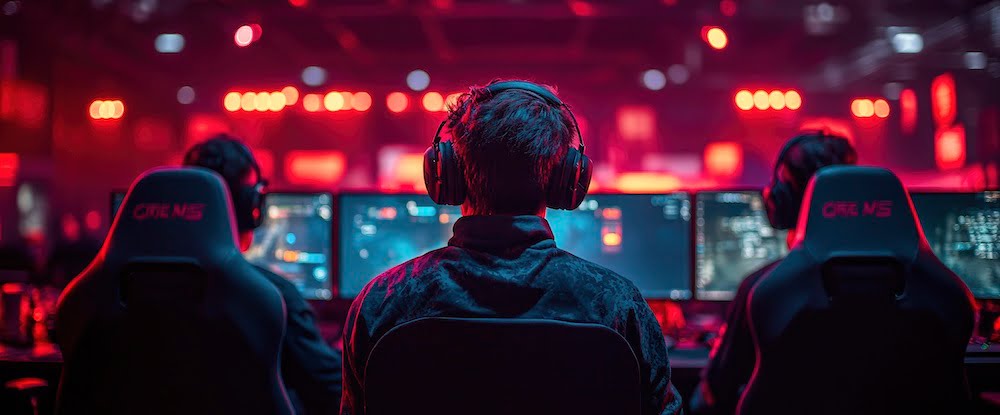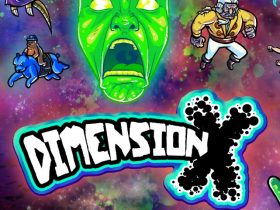According to a recently released Global Gaming Report 2024 from Elympics, as the industry has continued its evolution with new developments, the rise of Web3 gaming is in the position to flip on the industry. At the heart of blockchain technology, Web3 gaming promises to grant competitive community-driven experiences to open new monetization models for players and developers.
The report highlights some key factors for the wider adoption of Web3 gaming, even though there are a few hurdles to get over. This article outlines the report’s critical insights (they surveyed almost 1000 gamers), shedding light on the challenges, opportunities, and what lies ahead for Web3 gaming.
A Shift in the Web3 Gaming Landscape
Integrating blockchain technology into games, Web3 offers several key advantages. These include decentralized ownership of in-game assets, the ability to verify all sorts of results, and an all-new assortment of ways for players to earn while playing. But at least in the first wave, many of these games didn’t deliver on many of the promises they made with early players found economies to be unsustainable, and that too closely resembled some sort of financial speculation.

The 2024 Global Gaming Report, prepared in collaboration with BGA and Play-to-Earn, indicates that the industry is on the upswing, and it credits past learning experiences for that. Most failures in the gaming world tend to be highly publicized, with many the result of problematic revenues and business models. The report highlights that the ecosystem around Web3 gaming is moving away from a pay-to-win model, focusing instead on community-driven experiences.
Opportunities for Players: Earning Through Gaming
One of the most appealing elements of Web3 gaming is the potential for players to generate income while playing. According to the report, almost half of the surveyed player base (42.03%) named the opportunity to earn money as a primary reason they were drawn to play Web3 games. For a significant number of them, gaining rewards through competition is a great new way to potentially monetize their gaming experience.
Unlike conventional gaming, where the in-game economy revolves around cosmetic purchases or premium subscriptions, Web3 gaming allows for a vastly different economic model—a model that some would argue is far more democratic. Through the blockchain, players can own their in-game assets and sell or trade them on secondary markets. This not only creates a world of real value for the time and effort players invest in games but also allows for an actual economy to grow around the games themselves.
Another major allure is airdrops, which are the gifts of tokens or items within the games. Tokens or items that gaming studios give away to try to attract players to their new games. During the survey, 57.54% of respondents included airdrops in their answers to the question of what attracted them to play play-to-earn games.

Social Dynamics and the Competitive Spirit
In addition to offering monetary rewards, Web3 games are placing a newfound emphasis on the kinds of social and competitive environments that have long been part of the gaming experience. In the report, slightly more than 32.5% of respondents in the survey said they play games primarily for the competition, seeking out games that allow them to put their skills to the test and earn rewards through fair play. About 14% of the respondents said community was a primary reason for playing Web3 games.
This turn toward competition that is driven by and for the community has platforms such as TON Chain taking the lead in developing a new kind of ecosystem. This much is clear: these platforms—and others like them—are attempting to create environments where social interaction and meaningful competition among users can happen.
TON Blockchain: A Key Player in Web3 Gaming
The Web3 gaming ecosystem is seeing the appearance of a new major player—the TON Blockchain. For developers and players alike, it provides a high-quality, reliable infrastructure. In the Global Gaming Report 2024, the TON Blockchain was viewed as the most promising blockchain for gaming, with 68.2% of respondents saying it was their top choice. Its integration with Telegram—a messaging platform that, with over 900 million monthly active users, is one of the biggest in the world—looks set to leverage a whole new type of social gaming.
Notcoin and Hamster Kombat are two examples of games that have gained a large user base on the TON blockchain. Notcoin has attracted over 40 million users in just a few months. As Web3 continues to evolve, the ability of TON to integrate seamlessly with Telegram’s vast social network sets the stage for mass adoption of not just Web3 itself but also Web3 gaming.

Challenges for New Players: Knowledge Gaps and Wallet Concerns
The possibilities of Web3 gaming are expanding. Still, the report identifies obstacles to broader acceptance, especially among people who are not well-versed in blockchain technology. To illustrate, this Web3 gaming survey shows that more than 32% of traditional gamers said they had not played Web3 games because they “have no idea where to start.” Of those surveyed, approximately 11% complained that the Cryptocurrency setup was far too complicated, and by that rationale, they were put off by the use of crypto wallets.
Even with these obstacles, the report suggests that ongoing attempts are being made to ease the user experience and make Web3 gaming more approachable. Services like Telegram, which has a large social distribution network, are working to provide users with a completely integrated blockchain experience, allowing for a play-to-earn model that doesn’t require users to be well-versed in the underlying technology.
The Future of Web3 Gaming
This Web3 gaming survey discusses a bright outlook for Web3 gaming. A number of developers are working hard to improve the gaming experience and to lower the entry barriers that currently exist. So, the potential of Web3 gaming is definitely growing. And what’s more, the potential future models we might see from the Web3 space—community-centric, skill-based—open the door not just for casual gamers but also for serious, professional gamers.
If the present drive continues, Web3 gaming might soon shift from a niche sector of the gaming industry to a mainstream marvel, changing the way players engage with and earn from their gaming experiences.
Editor’s note: Written with the assistance of AI – Edited and fact-checked by Jason Newey.







Leave a Reply